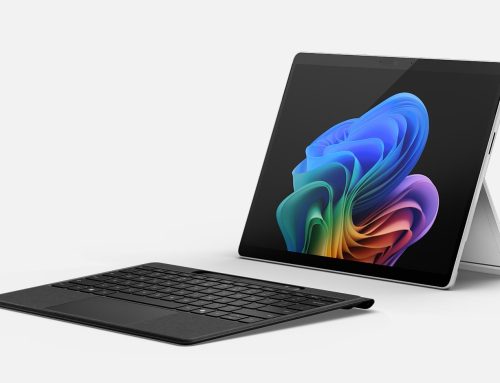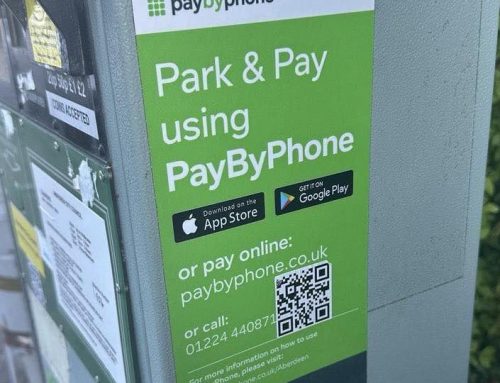Have you ever considered how many IT assets your business has? You might have an idea; you may even keep a spreadsheet. But what do you track? PCs perhaps, mobiles even. But what about servers? Networking hardware? Printers? Warranty? Software? Service Contracts? Subscriptions? And do you get alerted when agreements need renewing? And how does all of this feed into your IT budget?
Even small businesses are now acquiring a vast array of IT related assets and managing them is becoming ever more challenging. With most hardware requiring warranty or service contracts to ensure it can be supported and more and more software moving to subscription models, correctly identifying which assets you own, lease and subscribe to whilst understanding where or indeed if they are used can have a major impact on IT budgets.
Furthermore software vendors have noticeable increased compliance checks on SME businesses in recent years. Intended to reduce the proliferation of illegal software as well as to guard against over usage of licensing agreements, these checks can often be onerous for a business with no existing software asset management procedures in place.
Having a good understanding of the lifecycle of your IT assets, how they are used and the costs associated with them is a crucial part of the intelligence you need to run your business. It facilitates accurate IT budgets, planning for upgrades, moving to the cloud or other IT initiatives and gives more transparency to an area of the business which is often considered to be a black hole.
So let’s recap on why you should be managing your IT assets:
- To facilitate accurate IT budgeting
- To understand your IT systems
- To ensure critical vendor support and warranty for your systems
- To keep your IT estate up to date
- To reduce wastage and save money
- To ensure compliance with licensing agreements
- To effectively plan for new IT initiatives
And should you not have the resources or expertise for IT asset management, call us on 0330 124 3599 to find out how we can help.







